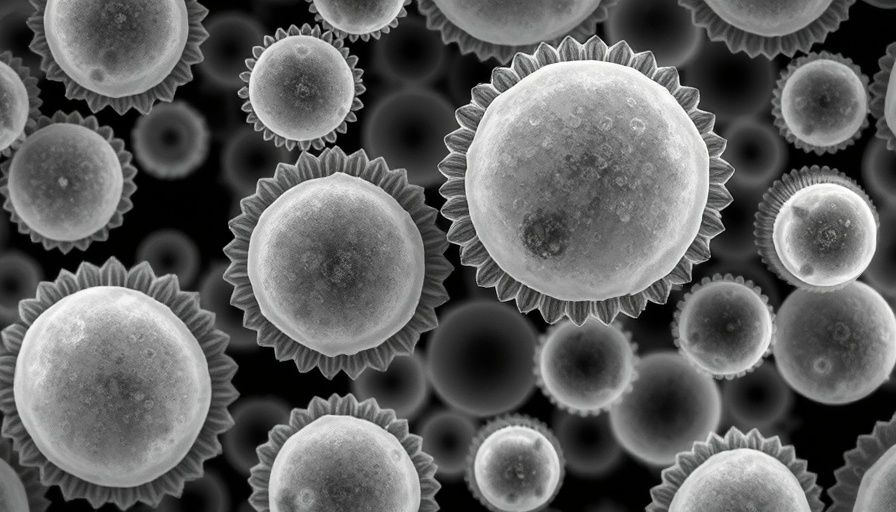
The Future of Photosynthesis: Unlocking the Secrets of Marine Algae
Photosynthesis is an extraordinary process that transforms sunlight into energy, creating a vital source of life on Earth. Researchers from Okayama University have made a groundbreaking discovery that could revolutionize artificial photosynthesis. They have detailed the first-ever high-resolution cryo-electron microscopy of photosystem II in the Coccolithophore Chrysotila roscoffensis, a marine alga known for its unique light-harvesting capabilities.
Understanding Marine Algae's Role in Our Ecosystem
Marine algae, particularly haptophytes like Chrysotila roscoffensis, are not only significant contributors to marine biomass but also play a crucial part in the global carbon cycle. They produce about 50% of the ocean’s biomass. However, despite their environmental importance, the intricate details of their photosynthetic processes have not been fully understood until now.
Why Artificial Photosynthesis Matters
The quest to develop sustainable energy sources has led scientists to artificial photosynthesis—a technology that aims to replicate the natural process of converting sunlight into chemical energy. By exploring the photosynthetic structures of marine algae, researchers hope to create systems that can store solar energy in chemical bonds and produce sustainable fuels, such as hydrogen. This could be a game-changer in our battle against climate change.
Delving Into the Photosynthetic Machinery
The research published in Nature Communications reveals that the photosynthetic process involves two critical protein-pigment complexes: Photosystem I (PSI) and Photosystem II (PSII). While PSII initiates the photosynthesis process by splitting water to produce oxygen, PSI harnesses the electrons from PSII and elevates them to a higher energy state for sugar synthesis. This unique interplay is what allows marine algae to efficiently capture and convert light energy.
A Step Toward Sustainable Living
Understanding the mechanisms behind these natural processes not only fascinates biologists but also fuels innovations in biotechnology. These discoveries can lead to the development of more effective solar energy systems, surface-level carbon capture technologies, and sustainable biofuels. Imagine a world where we mimic nature's most effective strategies to create clean energy!
Conclusion: Embracing Innovation for a Sustainable Future
As we explore these fantastic advancements in biotechnology and biology, it’s evident that marine algae hold untapped potential in shaping the future of artificial photosynthesis. With continued research and breakthroughs, we can take significant strides toward sustainable living. Stay curious, and embrace this poignant reminder of how nature can guide us in making the world a healthier place.
 Add Row
Add Row  Add
Add 




Write A Comment